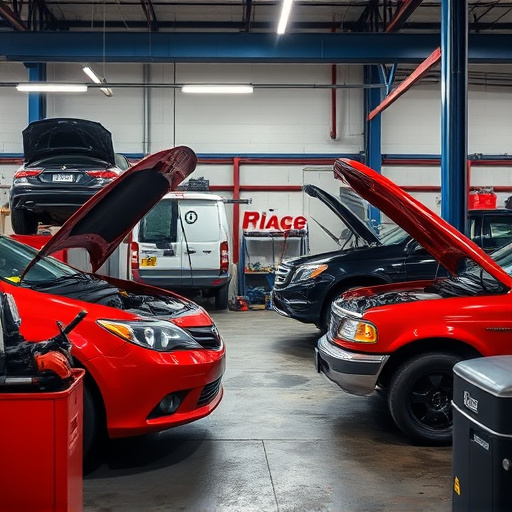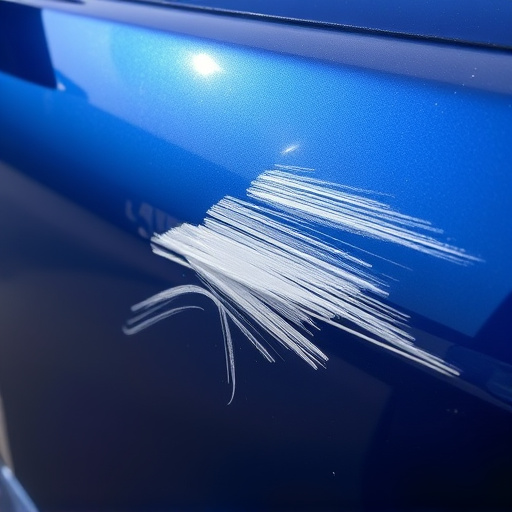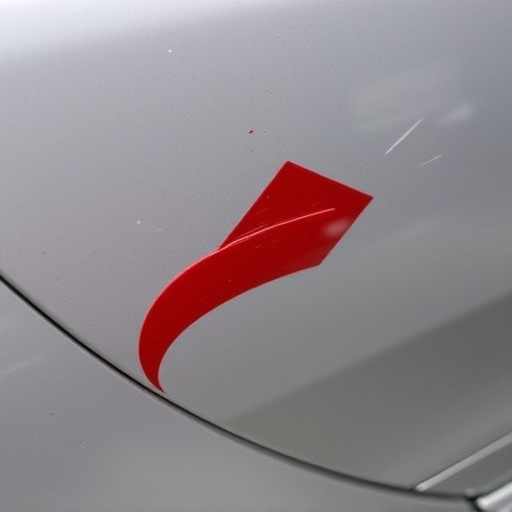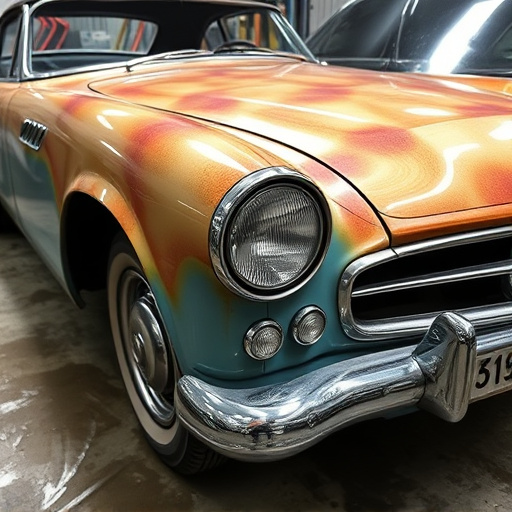Mercedes fragrance system repair involves interpreting fault codes from advanced diagnostic tools to pinpoint issues in sensors, pumps, and valves. Accurate diagnosis leads to tailored repairs, from simple replacements to complex car body work, minimizing downtime and enhancing customer satisfaction. The process includes consulting manuals or experts, inspecting components, testing sensors, repairing or replacing faulty parts, reassembling, double-checking connections, and final testing for even fragrance distribution.
Struggling with a faulty Mercedes fragrance system? This comprehensive guide is your solution. We’ll walk you through understanding complex Mercedes fragrance system fault codes, empowering you to diagnose issues efficiently. Learn about essential diagnostic tools for accurate repairs. Then, follow our step-by-step restoration process to revive your car’s aromatic ambiance. Discover expert tips and techniques for a seamless Mercedes fragrance system repair.
- Understanding Mercedes Fragrance System Fault Codes
- Diagnostic Tools for Efficient Repair Process
- Step-by-Step Guide to System Restoration
Understanding Mercedes Fragrance System Fault Codes

Mercedes fragrance systems, like any complex component in a modern vehicle, can develop fault codes, indicating various issues that require attention. These fault codes are digital signals sent by the system to inform car owners or automotive professionals about potential problems. Each code represents a specific error or malfunction within the intricate network of sensors, pumps, and valves that make up the fragrance system. For instance, a code may signal a leak in the essential oil reservoir, an electrical failure in one of the control modules, or a malfunction in the pump mechanism responsible for distributing scents throughout the vehicle’s cabin.
Understanding these fault codes is crucial for effective Mercedes fragrance system repair. When a car body shop or collision repair service encounters a fragrance system issue, they can use specialized diagnostic tools to interpret these codes, pinpointing the exact problem area. This targeted approach ensures that repairs are efficient and tailored to each unique vehicle, whether it’s a minor adjustment in the vehicle paint repair or a complete replacement of faulty components, ultimately restoring the car’s pleasant aromatherapeutic ambiance.
Diagnostic Tools for Efficient Repair Process

In the realm of Mercedes fragrance system repair, diagnostic tools play a pivotal role in ensuring an efficient and accurate fixing process. Advanced technology has made it possible to pinpoint specific fault codes that enable technicians to diagnose issues swiftly. These tools are designed to interpret data from various sensors within the system, providing clear indications of the problem’s source. With such precision, mechanics can tailor their repairs precisely, be it a simple sensor replacement or a more complex car body repair.
For instance, specialized scanners can read and interpret diagnostic trouble codes (DTCs), which act as red flags for potential issues. This data is invaluable in distinguishing between problems with the fragrance mechanism itself, or related components such as ventilation systems or auto glass replacement. By utilizing these diagnostic tools effectively, technicians streamline the repair process, minimizing downtime and maximizing customer satisfaction during Mercedes fragrance system repairs.
Step-by-Step Guide to System Restoration

Restoring a Mercedes fragrance system involves a systematic approach to accurately diagnose and resolve any issues. Begin by consulting your vehicle’s manual or seeking guidance from an experienced mechanic, especially if it’s your first time attempting such a repair. First, locate the scent distribution unit, typically found near the passenger compartment. Inspect for any visible damage or loose connections.
Next, use a multimeter to check the power supply and ground connections. If there are faulty wires, replace them with new ones. Once the electrical components are in good condition, proceed to test each sensor individually using a suitable diagnostic tool. This will help identify any blockages or malfunctions. After repairing or replacing any faulty parts, reassemble the system and double-check all connections. Test the system again, ensuring it disperses fragrance evenly throughout the car body repair. Lastly, allow the system to operate for a while to ensure stability before considering the Mercedes fragrance system repair complete.
The Mercedes fragrance system repair process, encompassing understanding fault codes, utilizing diagnostic tools, and following a systematic restoration guide, is key to addressing issues in this sophisticated car feature. By arming yourself with knowledge and the right tools, you can efficiently navigate the diagnostics and repairs, ensuring your Mercedes’ scent remains a pleasant experience for years to come. Remember, when it comes to Mercedes fragrance system repair, proper understanding and a step-by-step approach are your best allies.














